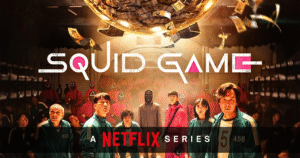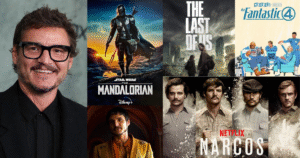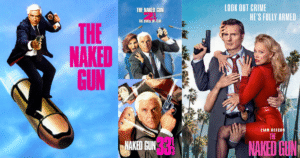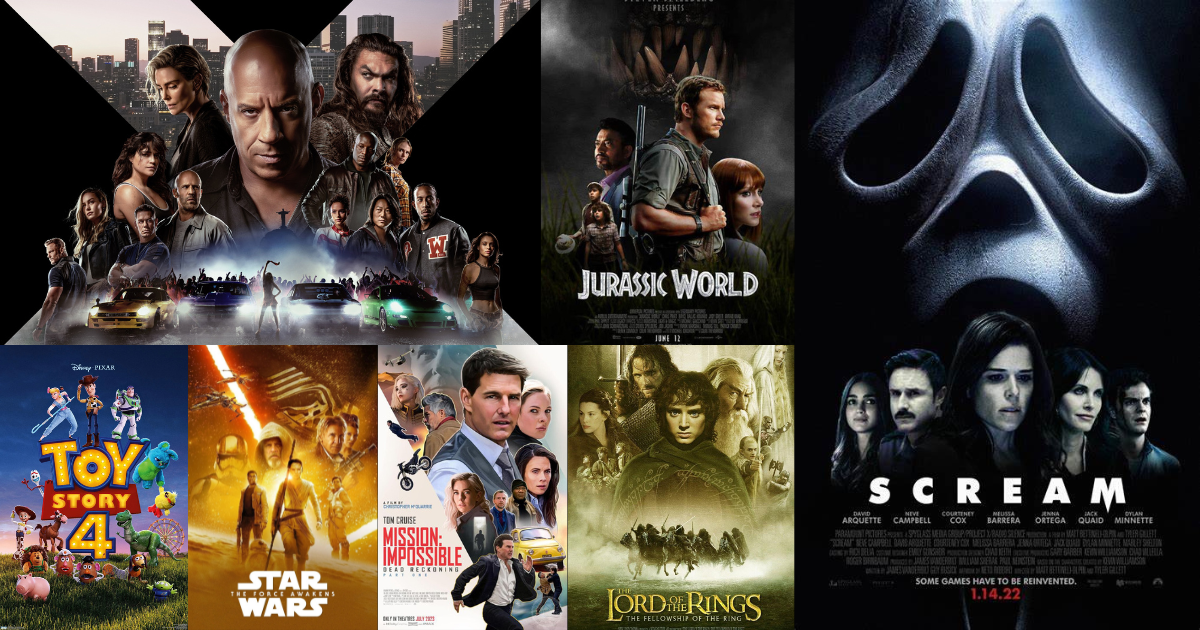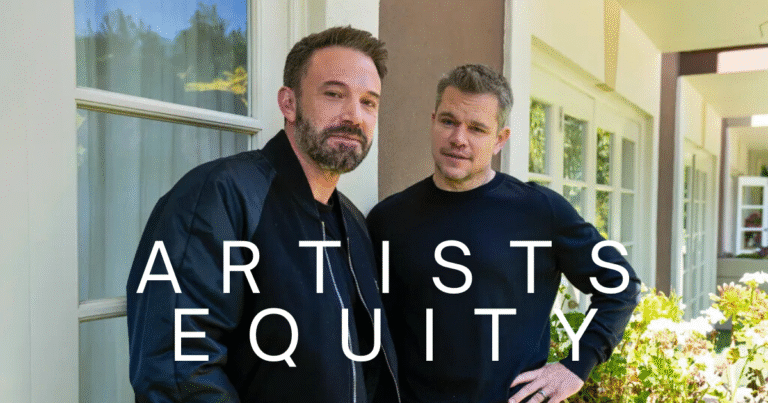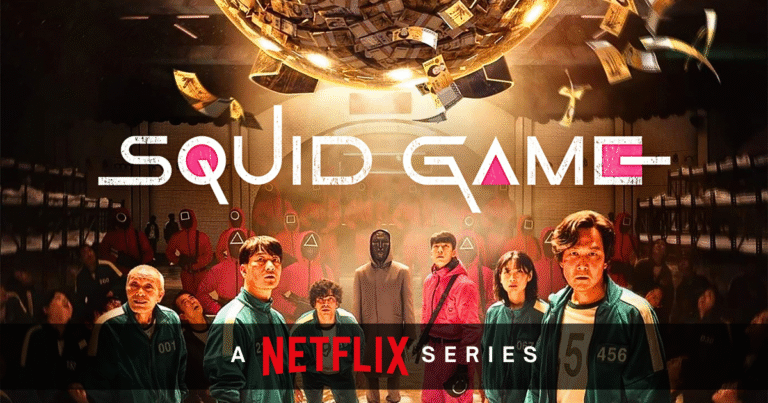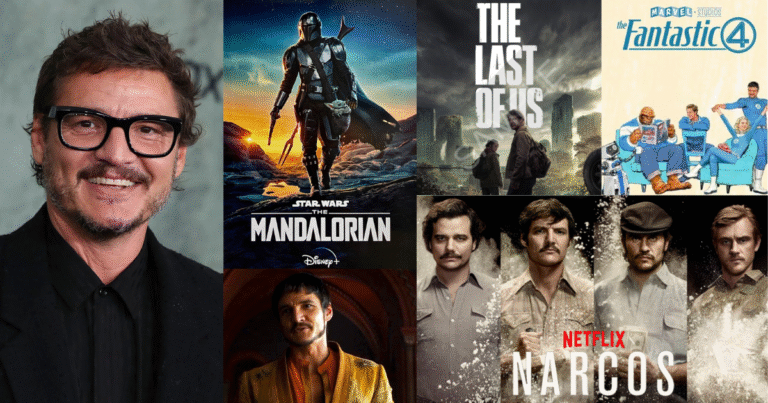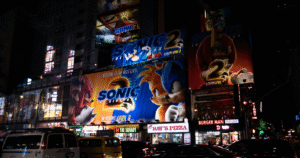If you’ve ever wondered why movie theaters seem full of sequels, reboots, and spin-offs, you’re not alone. Every year, Hollywood releases follow-ups to films we thought were finished. From superhero sagas to animated adventures, studios just can’t seem to stop extending stories. But why?
Let’s break down the real reasons behind the sequel obsession, and why studios are so invested in keeping franchises alive.
The Business Behind the Sequel Boom
At its core, Hollywood is a business. Making movies is expensive, and studios are always looking for the safest way to get a return on their investment. Original films are risky, they might succeed or flop. But sequels? They come with built-in audiences.
When a movie performs well at the box office, studios see it as a brand, not just a one-time success. If the original made $500 million, there’s a good chance the sequel will pull in something close to that, or more. It’s about minimizing risk and maximizing profit.
Familiar Faces Sell Tickets
Fans form strong connections with characters. Whether it’s the Avengers, Dominic Toretto, or Elsa and Anna, audiences come back for people they know. That familiarity makes sequels easier to market and more appealing to viewers.
Studios use nostalgia as a powerful marketing tool. Just look at franchises like Jurassic World or Top Gun: Maverick. Both relied on audiences’ emotional connection to earlier films, and both delivered big numbers at the box office.
Global Appeal and International Markets
The global film market has changed everything. Movies aren’t just made for the U.S. anymore, they’re created with international audiences in mind. Franchises travel well. A superhero film or action-packed sequel doesn’t need much cultural context. The visuals, action, and characters are easy to follow across borders.
This is especially true for sequels in the Marvel or Fast & Furious universes. They’ve been built to appeal globally, which leads to massive international box office earnings. That’s a huge incentive for studios to keep the stories going.
Merchandising and Licensing
Sequels aren’t just about ticket sales. They help drive massive revenues in other areas, think toys, video games, theme park attractions, and branded merchandise.
Take Frozen or Star Wars, for example. Beyond the movies, there are backpacks, lunchboxes, costumes, and LEGO sets. With every sequel, studios refresh interest in their products, giving them another round of retail success.
Streaming and the Content Gold Rush
With the rise of streaming platforms like Netflix, Disney+, and Amazon Prime Video, content is king. These platforms are in constant need of fresh but familiar content to keep subscribers happy.
A new installment in a popular series keeps audiences engaged and helps attract new users. Disney+ isn’t just banking on The Mandalorian, they’re building an entire universe of Star Wars shows to keep the momentum going. Sequels and spin-offs fuel content libraries and drive subscription growth.
Creative Worlds That Keep Expanding
From a storytelling perspective, some fictional universes are just too rich to leave behind. Whether it’s Hogwarts, Middle-earth, or Wakanda, certain worlds have endless possibilities for new characters, storylines, and adventures.
Writers and filmmakers often enjoy returning to these worlds. It gives them the chance to explore different angles, deeper themes, or character growth. While not every sequel hits the mark, many try to build on what worked and push the story forward.
The Rise of the Shared Universe
Marvel changed the game with the idea of a shared cinematic universe. Rather than telling isolated stories, they created a web of interconnected characters and events. DC followed suit, as did Universal (with their attempt at a “Dark Universe”) and even studios like Pixar, which often hides connections between films.
This model encourages long-term audience investment. Viewers watch not just for one movie, but for how it fits into the bigger picture. That strategy keeps fans coming back, sequel after sequel.
Fan Demand and Social Media Buzz
Social media has changed the way movies are made and marketed. Fans have more influence than ever before. When enough people clamor for a sequel or a character’s return, studios listen.
The Snyder Cut of Justice League is a perfect example of fan power. Online campaigns, trending hashtags, and YouTube speculation drive interest and show studios there’s demand. If there’s buzz, there’s money.
Sequels Aren’t Always a Cash Grab
While many sequels are clearly made for commercial reasons, not all of them are shallow or lazy. Some genuinely build on the original, offering new depth, growth, and emotional payoffs. Films like Toy Story 3, The Dark Knight, and Before Sunset expanded their stories in meaningful ways.
That said, audiences have become more selective. Just slapping a “2” on the title won’t guarantee success. Today’s viewers expect more, better writing, richer characters, and a reason for the sequel to exist beyond just making money.
The Bottom Line
Sequels are here to stay because they work, from a business perspective, from a fan engagement point of view, and increasingly, from a storytelling standpoint. Studios love them because they offer a tried-and-tested formula. And audiences, whether they admit it or not, often enjoy returning to the comfort of the familiar.
As long as franchises continue to deliver box office wins, streaming views, and loyal fandoms, studios will keep hitting the sequel button. And while original stories still matter (and often surprise us the most), the franchise formula has proven it’s not just a phase, it’s the new normal.
